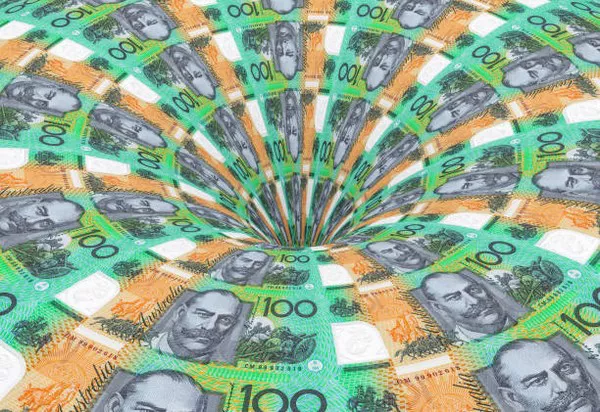The Australian dollar (AUD) ended a nine-day losing streak against the US dollar (USD) on Friday after the People’s Bank of China (PBoC) unexpectedly cut key lending rates. The move bolstered prospects for China, a major metals consumer, causing prices for commodities such as coal and copper to rise. Given Australia’s role as a net exporter of energy and metals, the Australian dollar responds significantly to changes in commodity prices.
The Australian dollar was also supported by hawkish sentiment surrounding the policy stance of the Reserve Bank of Australia (RBA). Unlike other major central banks, the RBA is expected to delay easing tightening policy due to persistent inflationary pressures and a tight labor market.
The AUD/USD exchange rate has gained on the back of a weaker US dollar. However, the dollar may limit its downside as strong U.S. economic data tempers some expectations for a rate cut in September. The personal consumption expenditures (PCE) price index for June, which will be released on Friday, will attract much attention.
Markets are currently pricing in an 88.6% chance of a quarter-point rate cut at the September meeting, down from 94.0% a week ago, according to CME Group’s Fed watch Tool.


